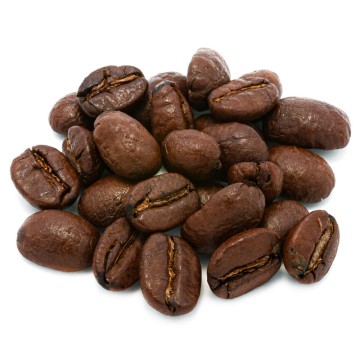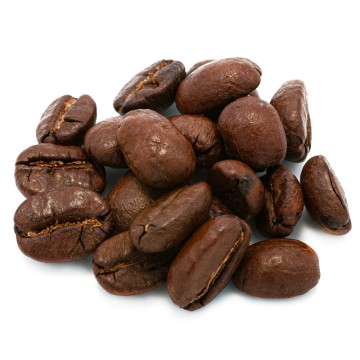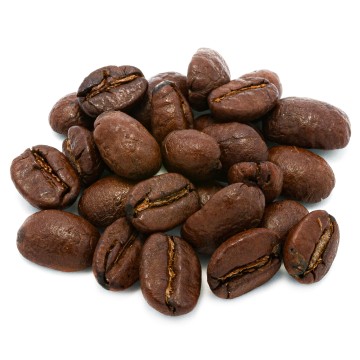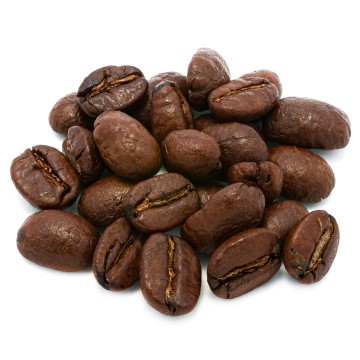The combination of altitude at which the plantations are located and volcanic soil (notoriously rich in nutrients) makes Guatemalan coffee one of the most appreciated in the world for its quality, in many cases characterized by a pronounced acidity.
History of coffee production in Guatemala
Even in Guatemala the production of coffee was introduced by the colonizers, after all the plant is not native to the Americas. According to some sources, coffee was introduced in Guatemala by the Jesuits around 1750, but coffee cultivation began to develop much later, at least around 1850. For a long time the coffee industry in Guatemala was essentially in the hands of foreign companies, only in 1960 the Associación Nacional del Café was founded, the association established a brand of Guatemalan coffee and established 8 coffee zones: Acatenango Valley, Antigua Coffee, Traditional Atitlan, Coban Rainforest, Fraijanes Plateau, Huehue Plateau, New East and San Marcos Volcano. As regards the quantity of production, in a 2018 statistic Guatemala placed tenth place (second in Central America) with 204,000 tons. In addition to the areas of origin, in Guatemala as in other Central American countries there is also a classification based on the altitude at which the coffee is grown: SHB (Strictly Hard Bean) grown between 1300 and 1700 meters above sea level, HB (Hard Bean ) between 1220 and 1300 meters above sea level, Semi Hard Bean, between 1050 and 1220 meters above sea level, Extra Prime, between 900 and 1050 meters above sea level, Prime, between 750 and 900 meters above sea level. Coffee is also grown at altitudes above 1700 meters but these are rare cases, it is easy to imagine why, if it is true that coffee is affected by temperatures that are too high and that mountain coffee is of better quality, it is also true that the winds freezing temperatures can be destructive, in general coffee loves temperatures between 16 and 32°C.
The quality of Guatemalan coffee
95% of coffee production in Guatemala is made up of Coffea arabica processed with the washed method. The washed method is one of the two main methods of coffee processing, the other is the natural method. The difference is that with the natural method the drupes (the fruits of the coffee plant) are left to dry and then the seeds are released. Instead, in the washed method the seeds are released first, through a mechanical process and then fermentation in water, and then they start to dry. Both methods obviously have advantages and can give rise to excellent coffees. The advantages of the washed method are to more easily identify defective seeds and a greater concentration on the characteristics of the grain. In fact, drying with the natural method means that during the process the bean absorbs sugars from the pulp, obviously with the washed method this does not happen. Therefore the aromas will be absorbed by the grain only during maturation, which makes the richness of the soil even more important and that the harvest is carried out at the right moment of maturation. Another characteristic of coffees obtained with the washed method is often a pronounced acidity (which we had already mentioned as a characteristic of many Guatemalan coffees) because it is not counteracted by the absorption of sugars from the pulp during drying. As regards the areas of origin, the coffees coming from the Acatenango Valley, the Fraijanes Plateau, the Huehue Plateau and the San Marcos Volcano are those with the highest acidity, while the coffee from Antigua is the sweetest. However, sharing a strong acidity does not mean that they are the same as each other, for example coffees from the Acatenango valley usually have a persistent aftertaste while coffee from the San Marcos Volcano area is described as delicate and with floral notes.</p >
![]()



 No reward points for this product.
No reward points for this product.















